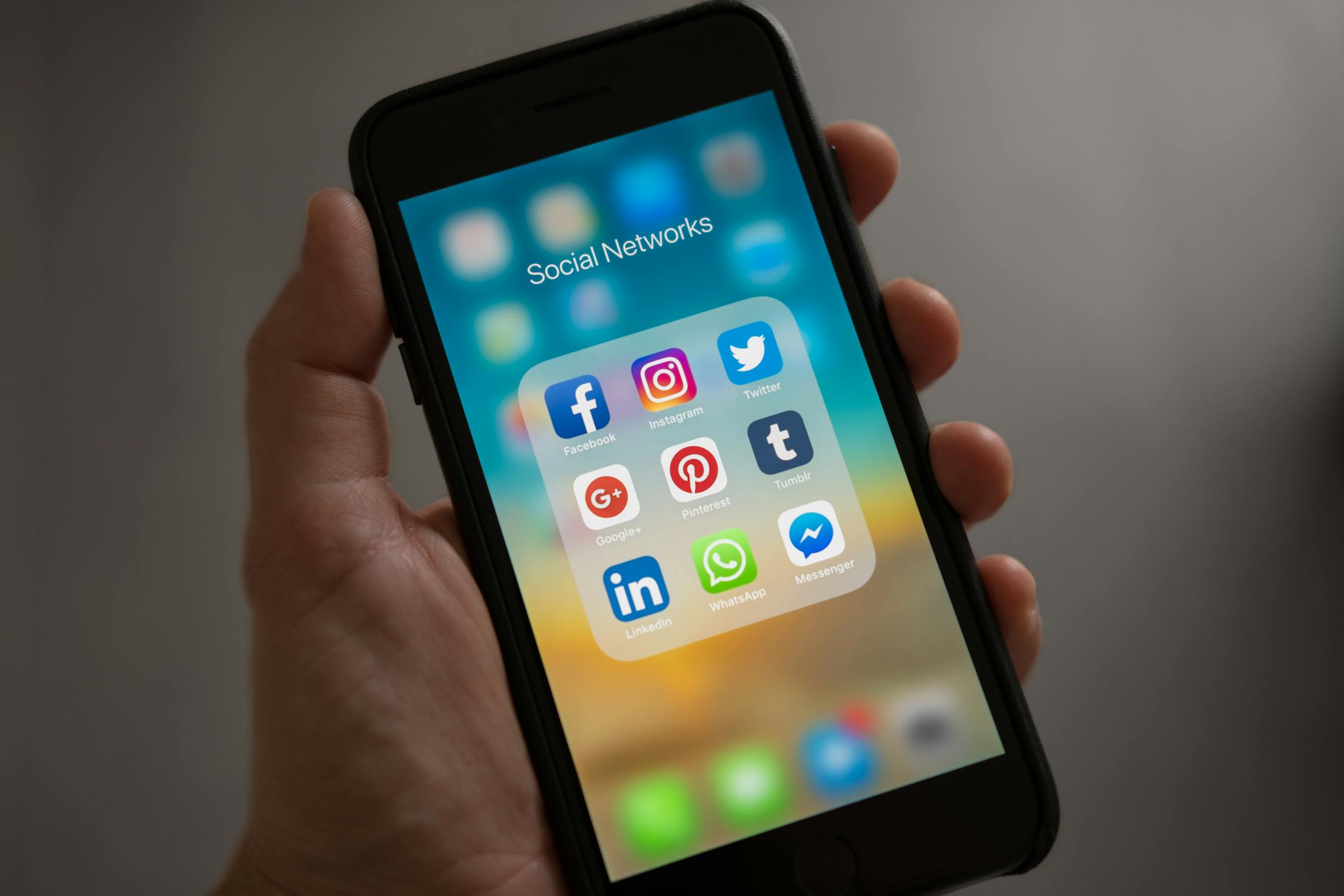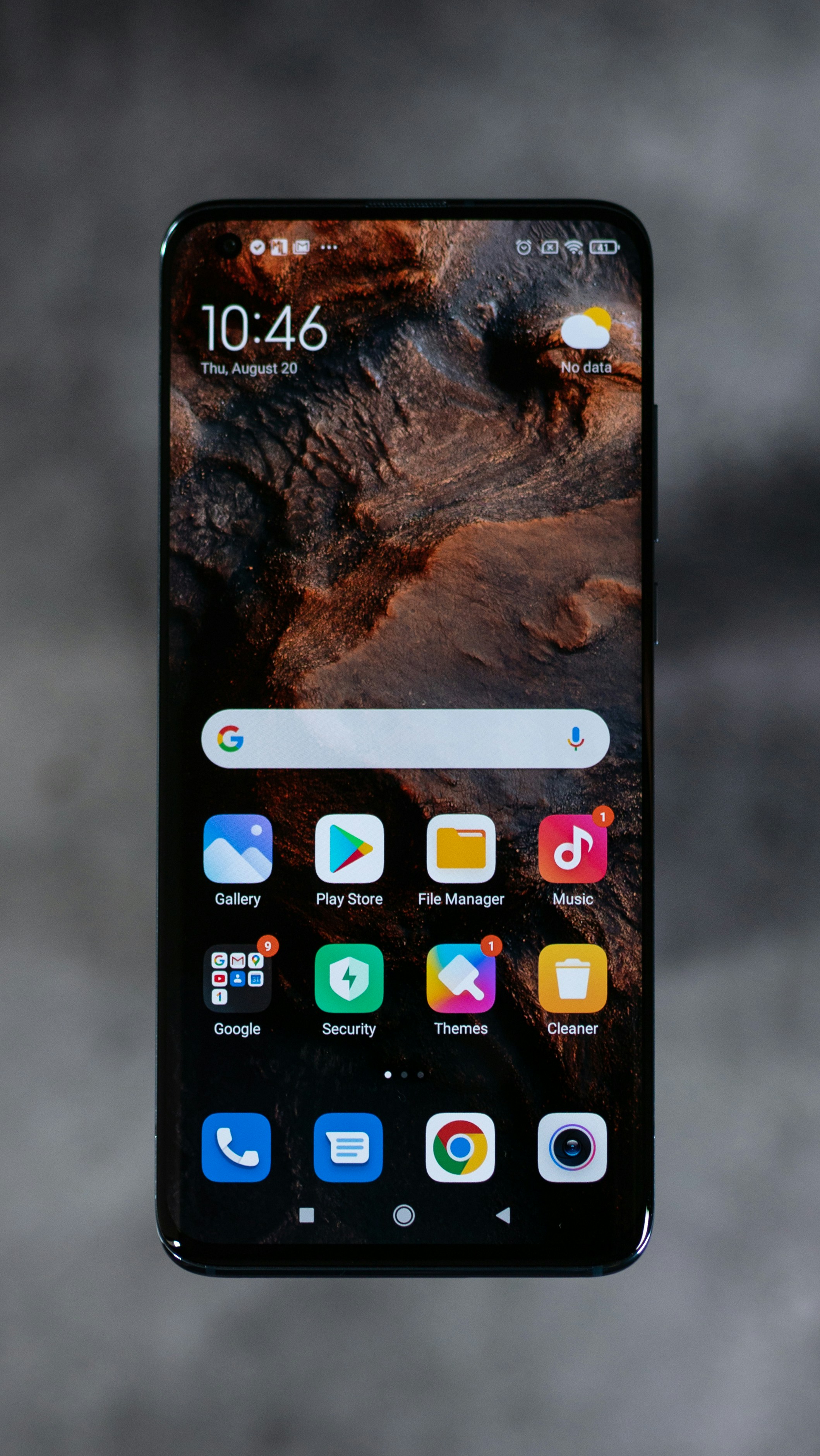
Battery life remains the Achilles heel of modern smartphones. Despite incredible advances in processing power, camera technology, and display quality, we're still tethered to charging cables and power banks throughout our day. But that's about to change. A new generation of battery technologies is emerging that promises to fundamentally transform how we think about smartphone power—and it's closer than you might think.
The lithium-ion batteries that have powered our devices for over three decades are approaching their theoretical limits. While manufacturers have squeezed out incremental improvements through software optimization and more efficient processors, the underlying chemistry can only deliver so much. That's why researchers and tech companies are racing to develop next-generation battery technologies that could offer dramatically longer life, faster charging, and improved safety.
Why Current Battery Technology Is Hitting a Wall
To understand where we're headed, it helps to know why we're stuck where we are. Lithium-ion batteries work by moving lithium ions between a positive electrode (cathode) and negative electrode (anode) through an electrolyte. This fundamental design has remained largely unchanged since Sony commercialized the technology in 1991.
According to battery research, lithium-ion technology faces several inherent limitations including energy density constraints that limit how much power can be stored in a given space, degradation over time causing reduced capacity after hundreds of charge cycles, safety concerns related to thermal runaway and fire risk, and charging speed limitations due to chemical reaction rates.
These limitations explain why your brand new flagship phone still needs nightly charging and why that three-year-old device barely makes it to lunch time. The good news? Multiple breakthrough technologies are now moving from laboratory research to commercial viability.
Solid-State Batteries: The Game Changer
The most promising near-term breakthrough is solid-state battery technology. Instead of using liquid electrolytes, these batteries employ solid electrolyte materials, fundamentally changing the equation for power storage.
The advantages are substantial. Solid-state batteries could offer 50-80% more energy density compared to current lithium-ion cells, meaning significantly longer battery life in the same physical space. They're also inherently safer since solid electrolytes don't pose the same fire risk as liquid ones, and they can potentially charge much faster without the degradation issues that plague current fast-charging technologies.
Major smartphone manufacturers are already investing heavily in this technology. Samsung has demonstrated prototype solid-state batteries, and industry insiders suggest we could see the first solid-state powered smartphones hitting the market within the next two to three years. The initial implementations will likely appear in flagship devices with premium pricing, but like all new technologies, costs should decrease as manufacturing scales up.
Silicon Anodes: Multiplying Capacity
Another breakthrough technology involves replacing the graphite anodes in current batteries with silicon-based alternatives. Silicon can theoretically store up to ten times more lithium ions than graphite, dramatically increasing battery capacity.
The challenge has always been that silicon expands and contracts significantly during charging cycles, causing the anode to crack and fail quickly. Recent innovations using silicon nanoparticles and new binding materials have solved much of this problem, making silicon anodes commercially viable.
Several companies are now producing batteries with partial silicon content in their anodes, offering 20-30% capacity improvements. Pure silicon anodes—which could potentially triple current battery capacity—are still a few years away from mass production, but the progress is encouraging.
Fast Charging Evolution: From Hours to Minutes
Battery capacity is only half the equation. Charging speed matters just as much for daily usability. The latest generation of fast-charging technology is pushing boundaries that seemed impossible just a few years ago.
As detailed by mobile technology analysts, some manufacturers are now shipping phones with 200W+ charging capabilities that can fully charge a 5000mAh battery in under 15 minutes. This is achieved through improved thermal management, specialized charging protocols, and battery cell designs that support higher power input without degradation.
- Graphene-enhanced charging: Adding graphene to battery components improves heat dissipation, enabling faster charging without damage
- Multi-cell architectures: Splitting batteries into multiple cells that charge simultaneously reduces charging time
- Intelligent charging algorithms: AI-powered systems optimize charging speed based on temperature, battery health, and usage patterns
- GaN chargers: Gallium nitride technology enables smaller, more efficient chargers that deliver more power
Wireless Charging Gets Serious
Wireless charging has been available for years, but it's traditionally been slower and less efficient than wired charging. That's changing rapidly with new technologies that make wireless charging a genuinely competitive option.
The latest wireless charging standards support power delivery up to 50W—approaching wired charging speeds. More exciting are developments in long-range wireless charging that could eliminate charging pads entirely, instead powering devices from transmitters mounted on walls or furniture.
Several companies are also working on reverse wireless charging improvements, allowing your phone to share power with other devices more efficiently. This feature, currently available on many flagships, is becoming more practical as power delivery improves.
The Real-World Impact: What This Means for Users
These technological advances aren't just laboratory curiosities—they're set to dramatically change how we use our smartphones. Imagine a world where your phone lasts three full days of heavy use on a single charge, or where a five-minute top-up gives you enough power for the rest of the day.
Battery anxiety—that constant mental calculation of remaining percentage versus distance to the next charging opportunity—could become a thing of the past. This would free smartphone designers to focus on other priorities, potentially leading to thinner devices, more powerful processors without thermal constraints, or allocating battery space to other components.
Environmental Considerations: Sustainability Matters
Beyond performance, new battery technologies offer environmental benefits that matter increasingly to consumers and regulators alike. Solid-state batteries use fewer rare earth materials and could be easier to recycle. Longer-lasting batteries mean less frequent device replacements, reducing electronic waste.
Some emerging technologies, like aluminum-ion and sodium-ion batteries, use abundant materials instead of scarce resources, potentially making battery production more sustainable and affordable. While these technologies are currently less energy-dense than lithium-ion, they show promise for future applications where sustainability matters as much as performance.
Comparing Battery Technology Approaches
Current Lithium-Ion Technology:
- Pros: Mature technology, affordable, well-understood manufacturing, widely available, proven safety record with proper design
- Cons: Limited capacity improvements possible, degrades over time, safety concerns with damage, slower charging speeds
Solid-State Batteries (Next-Gen):
- Pros: 50-80% more capacity, inherently safer, faster charging potential, longer lifespan, more temperature tolerant
- Cons: Higher initial cost, manufacturing complexity, limited availability currently, unproven long-term reliability
Silicon Anode Technology (Transitional):
- Pros: Compatible with existing production, significant capacity boost, near-term availability, lower cost than solid-state
- Cons: Still uses liquid electrolyte, doesn't solve all lithium-ion limitations, moderate improvement rather than revolution
Recommendation: For consumers buying phones today, look for devices that already incorporate partial silicon anode technology or advanced fast-charging capabilities—these deliver real-world improvements now. If you can wait 2-3 years, solid-state batteries will likely represent the biggest leap forward in smartphone battery technology in decades, making it worth holding onto your current device a bit longer. For environmental and budget-conscious users, focus on devices with battery health management features and consider mid-range phones with larger batteries over flagships with smaller cells.
When Will We See These Technologies in Our Phones?
Timeline predictions are always tricky with emerging technology, but the industry roadmap is becoming clearer. Expect to see limited silicon anode implementations in 2025-2026 flagship devices, solid-state batteries in premium phones by 2027-2028, widespread adoption of solid-state technology by 2030, and truly revolutionary battery chemistries (aluminum-ion, lithium-sulfur) in the 2030s.
The transition won't happen overnight. New battery technologies will debut in expensive flagship devices first, gradually trickling down to mid-range phones as manufacturing scales up and costs decrease. But the trajectory is clear—smartphone battery technology is about to take its biggest leap forward in thirty years.
Conclusion
The battery breakthroughs coming to smartphones represent more than just incremental improvements—they're set to fundamentally change our relationship with mobile devices. When battery life extends from one day to three, when charging takes minutes instead of hours, and when safety concerns become virtually nonexistent, smartphones will truly become the untethered, always-ready tools they promise to be.
For consumers, this means exciting times ahead. The next few years will bring more substantial battery improvements than we've seen in the past decade combined. While we're still a few years away from mainstream adoption of the most transformative technologies, the research phase is complete and commercialization has begun.
If you're considering upgrading your phone, understanding this technology roadmap helps inform the timing. Today's devices already benefit from improved fast charging and battery management. Tomorrow's devices will offer genuinely transformative improvements that could make them worth the wait.
The battery revolution is coming—and it's about time. After years of making compromises around power constraints, we're finally approaching a future where battery anxiety becomes a distant memory and smartphones can truly live up to their full potential without being tethered to power outlets.

Beyond Lithium-Ion: The Battery Revolution Coming to Your Next Smartphone












.jpeg)
.jpeg)














